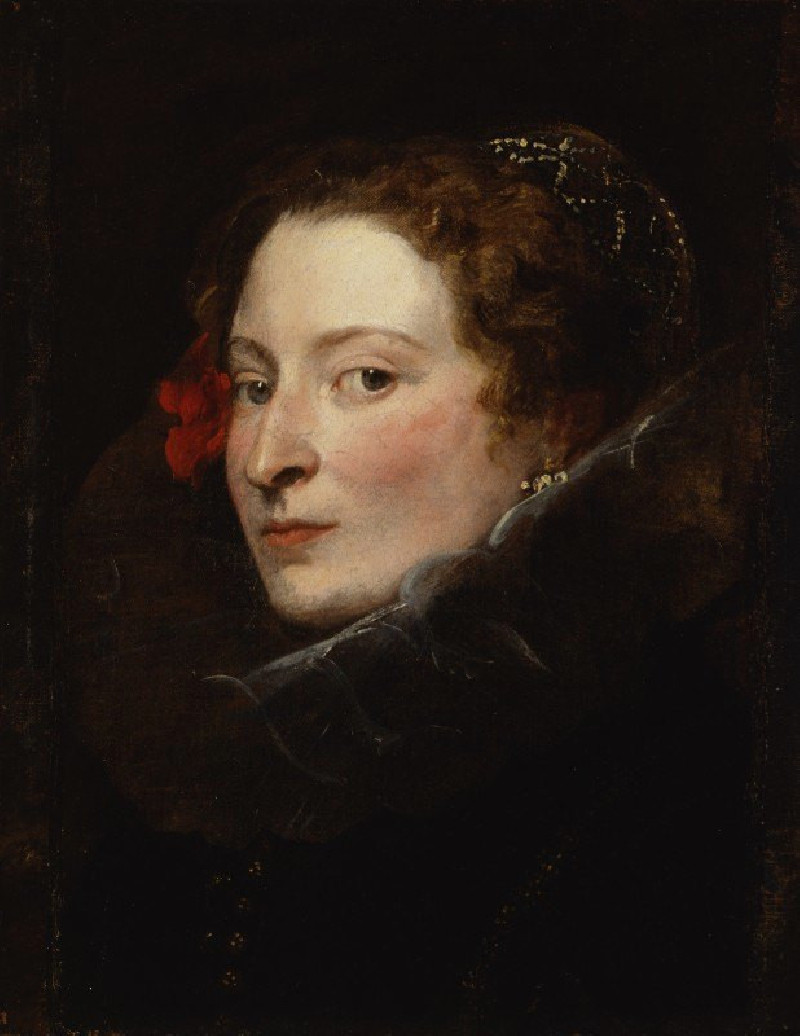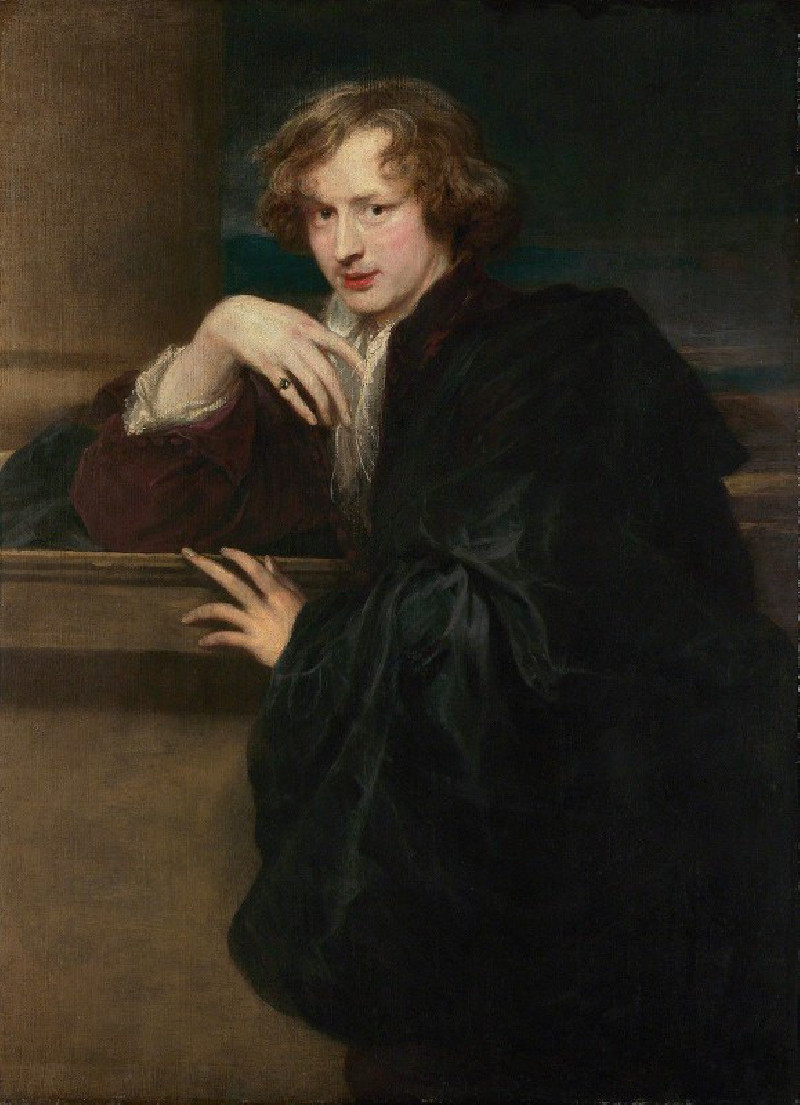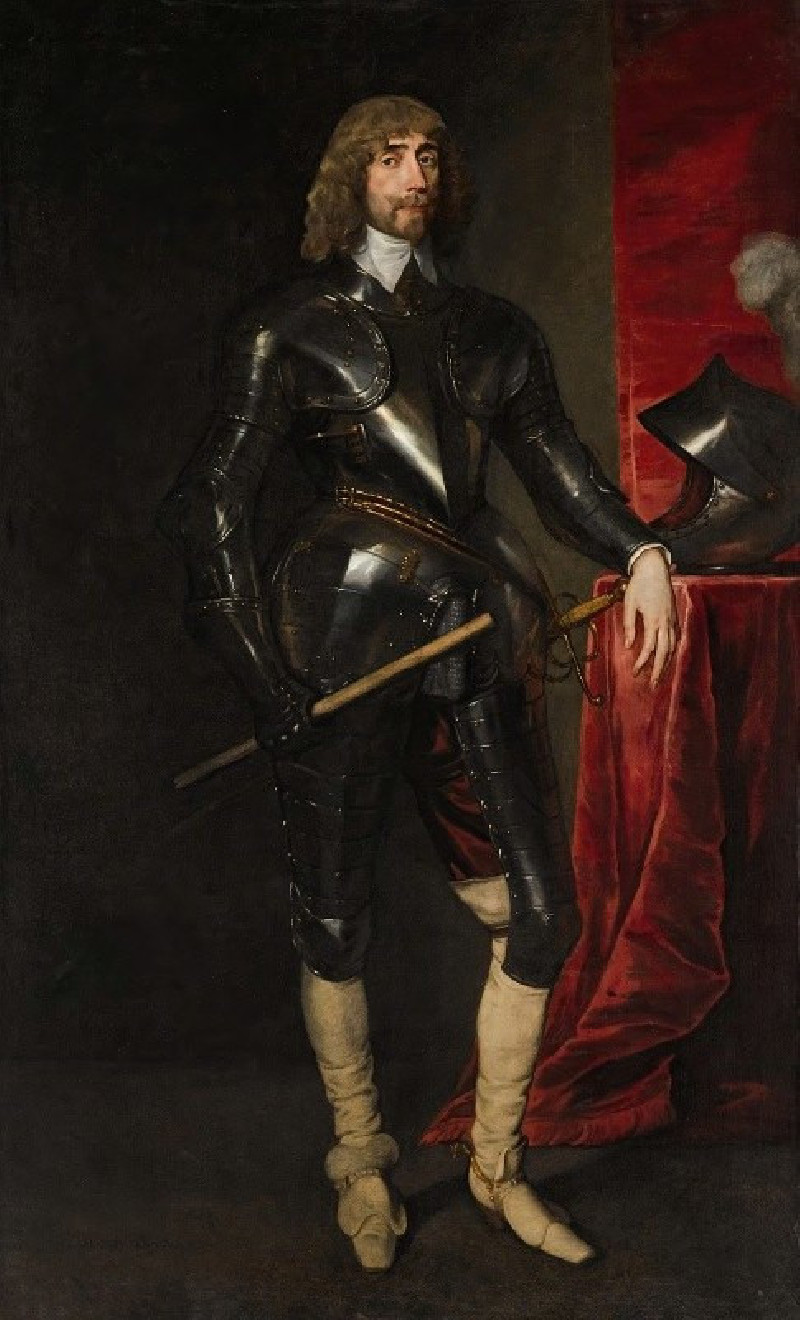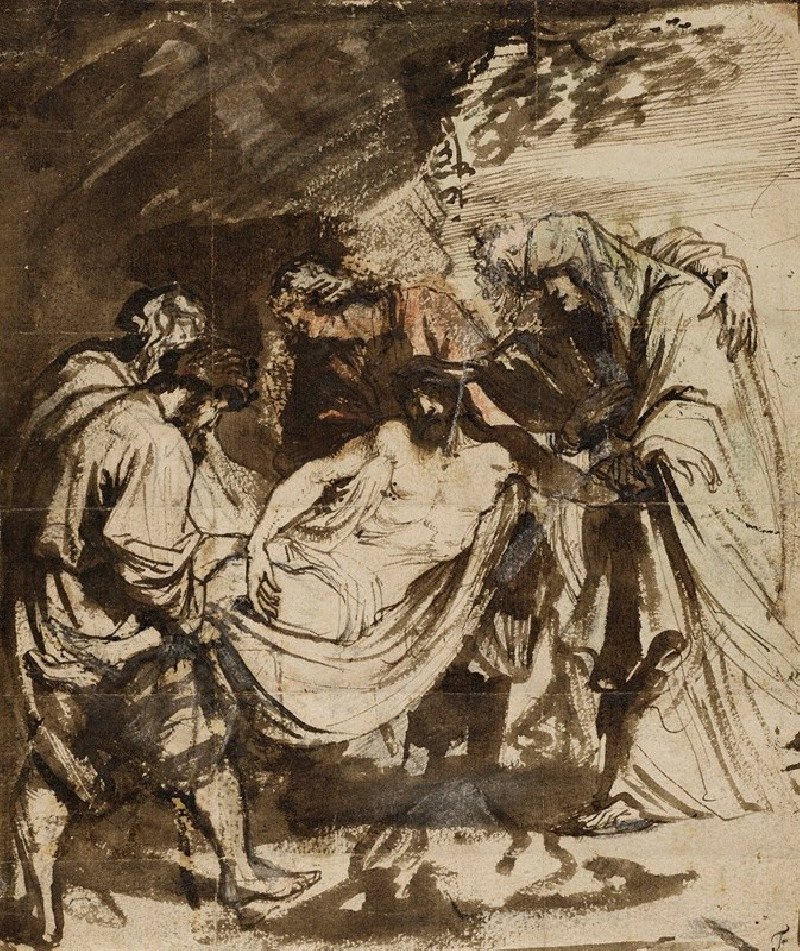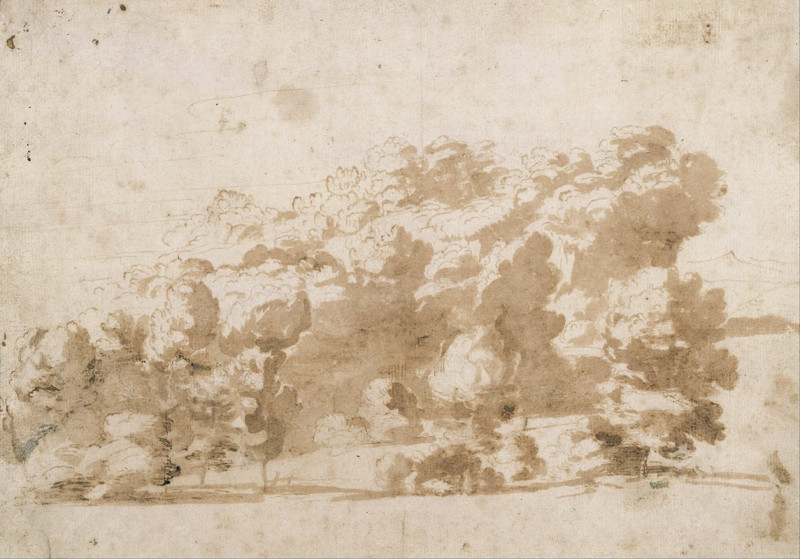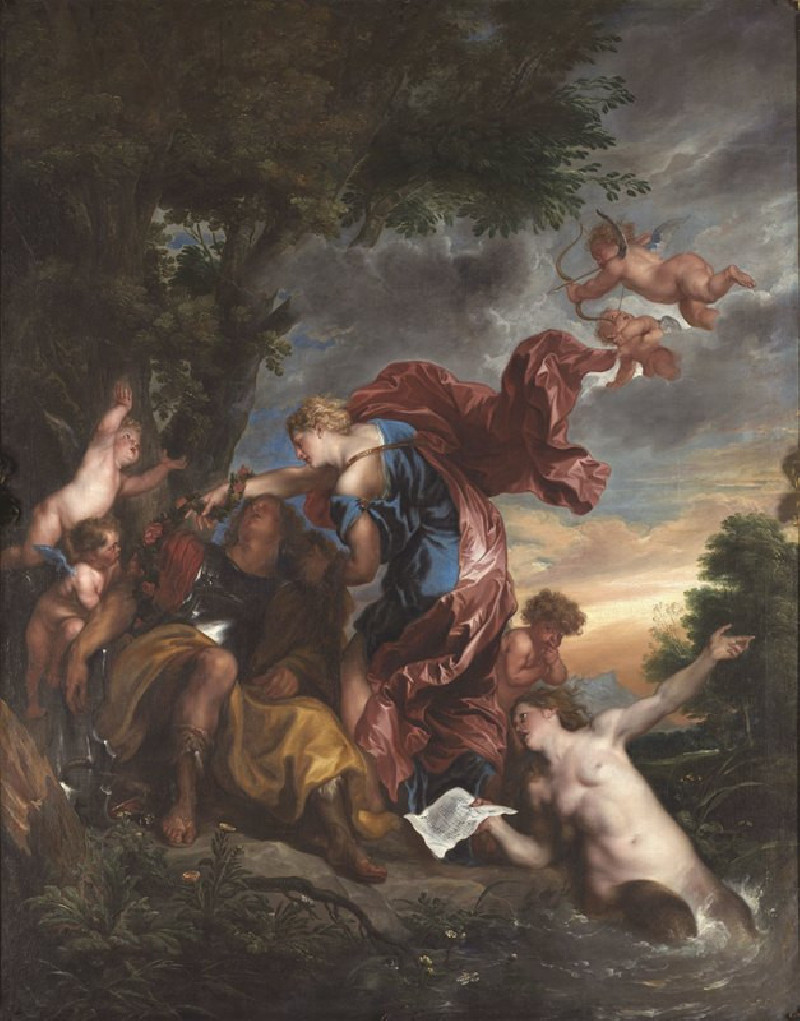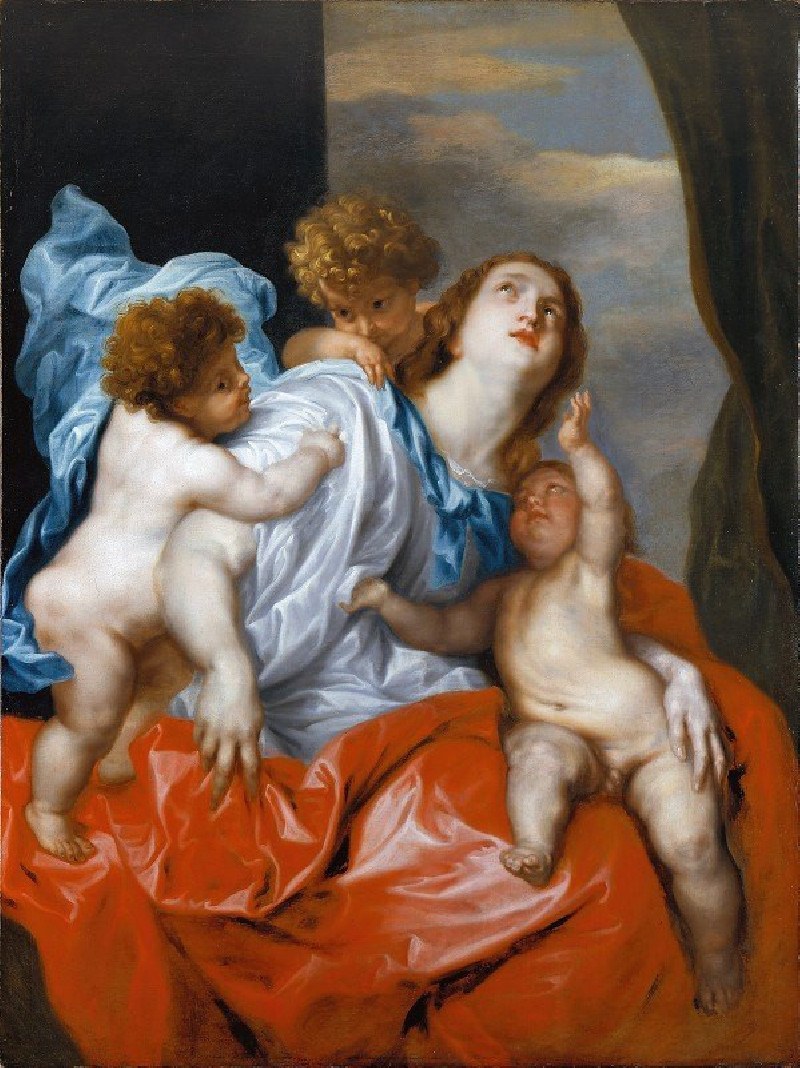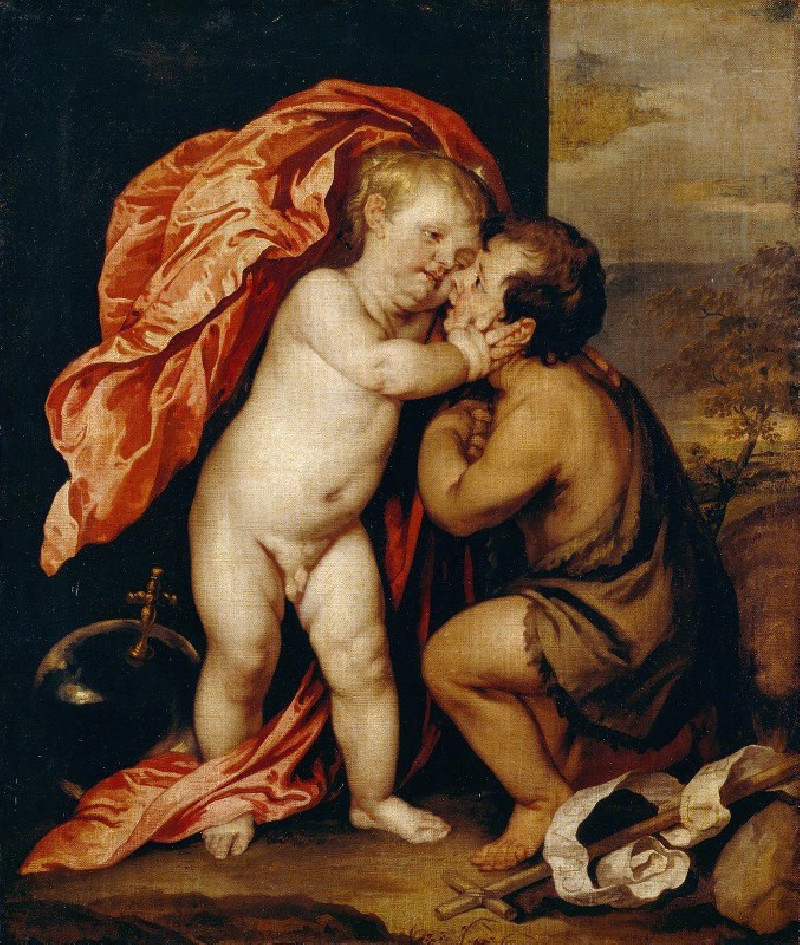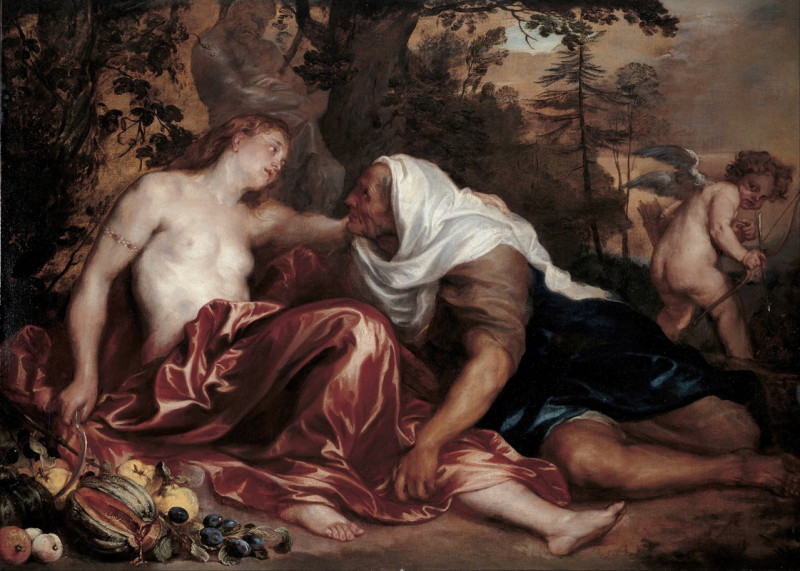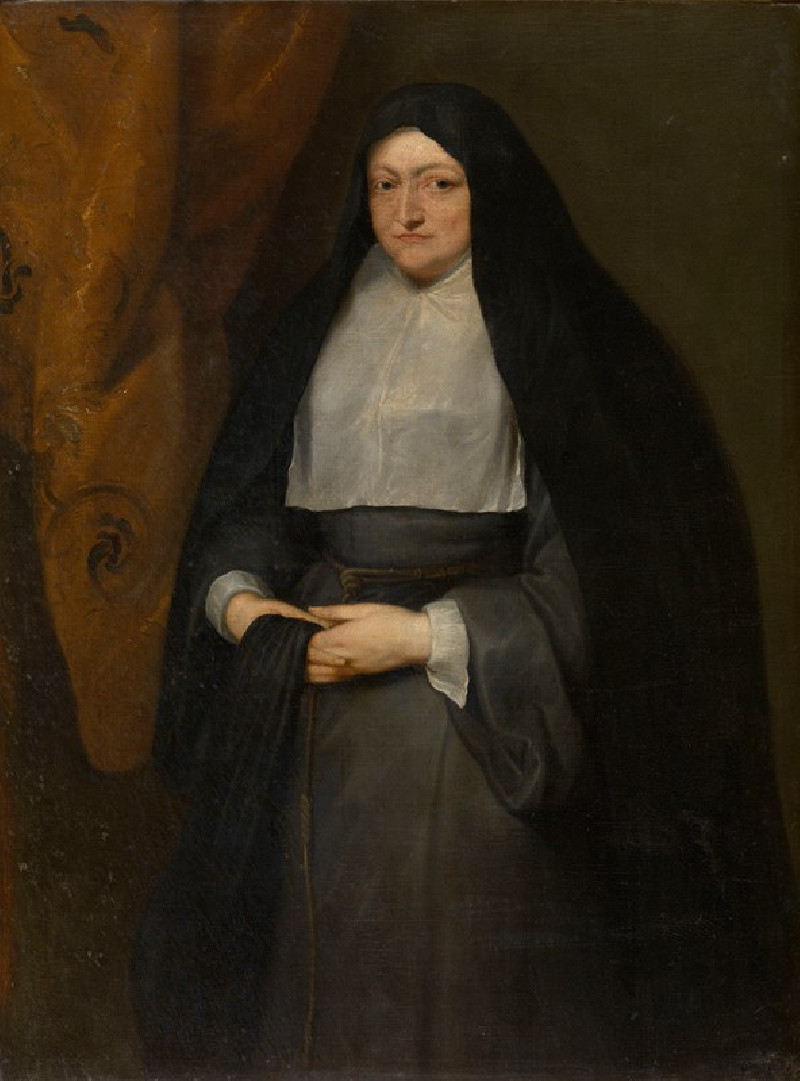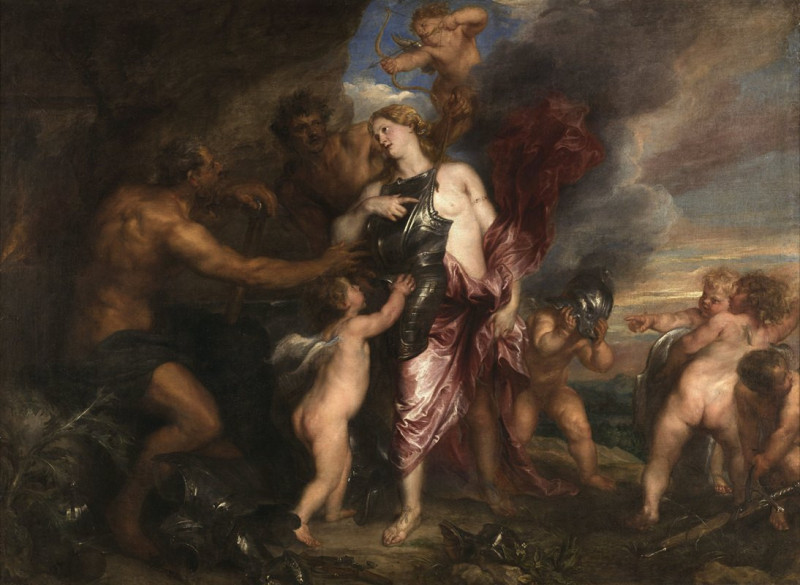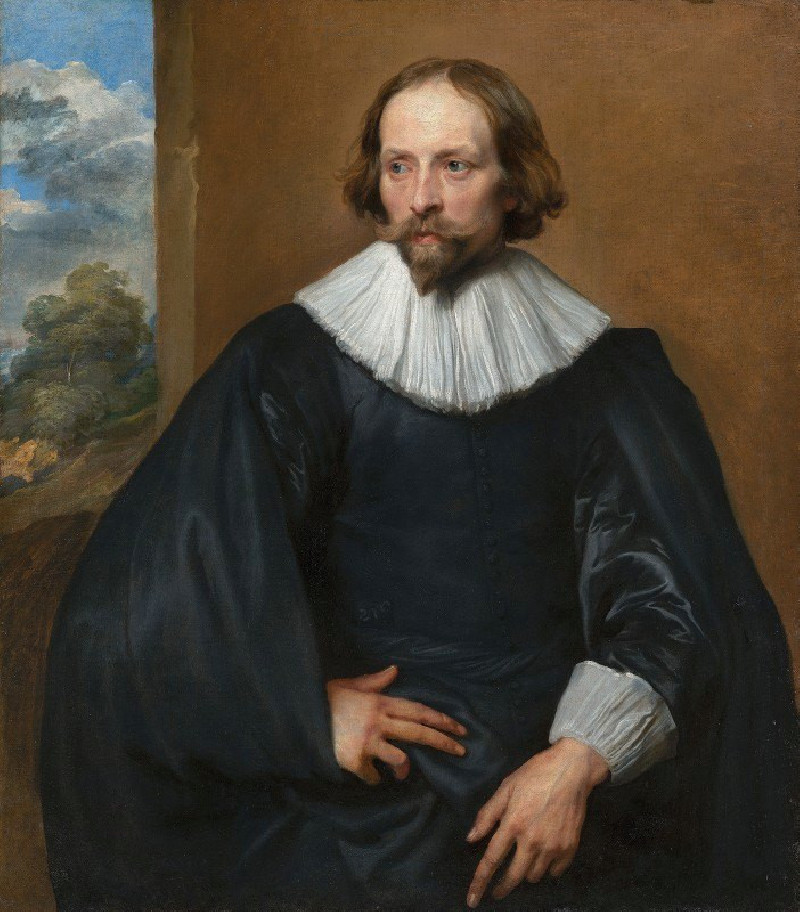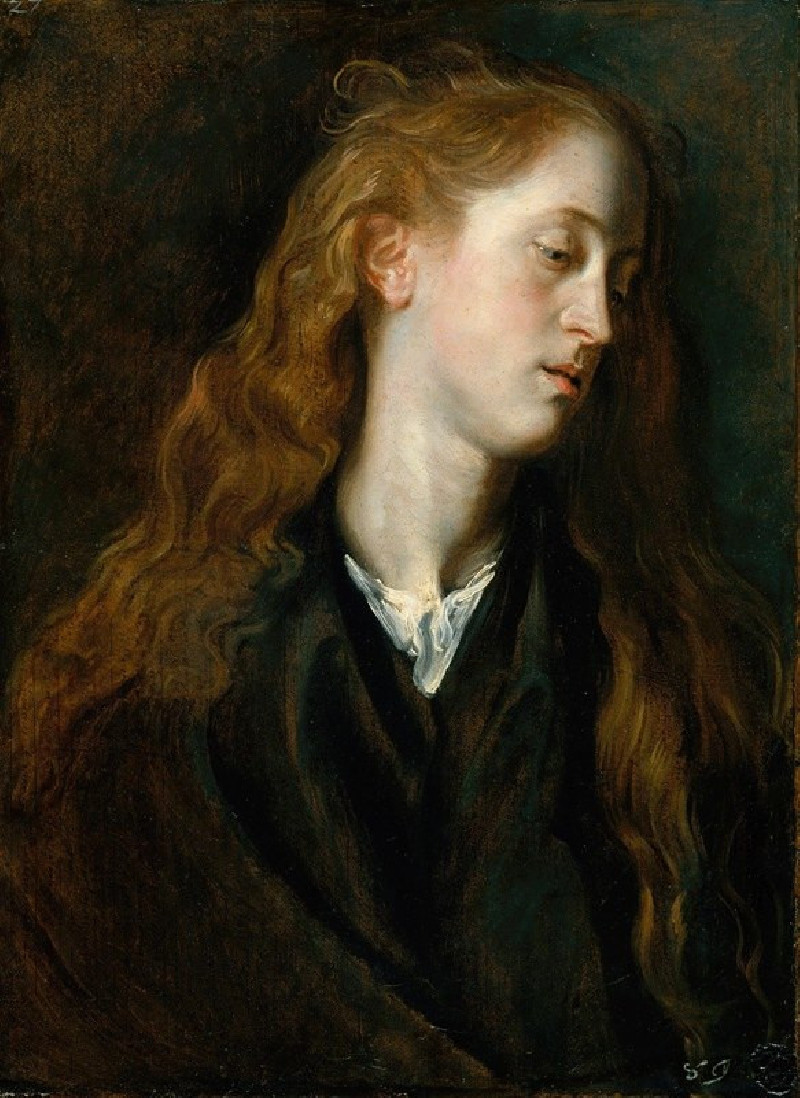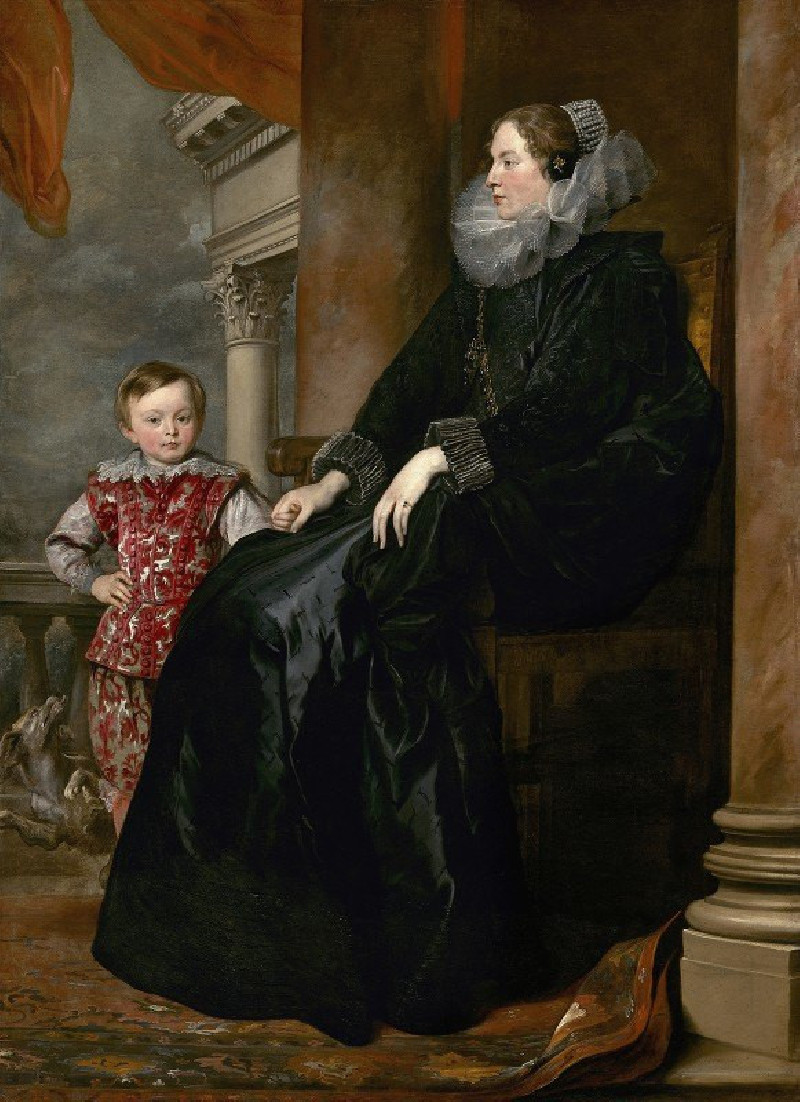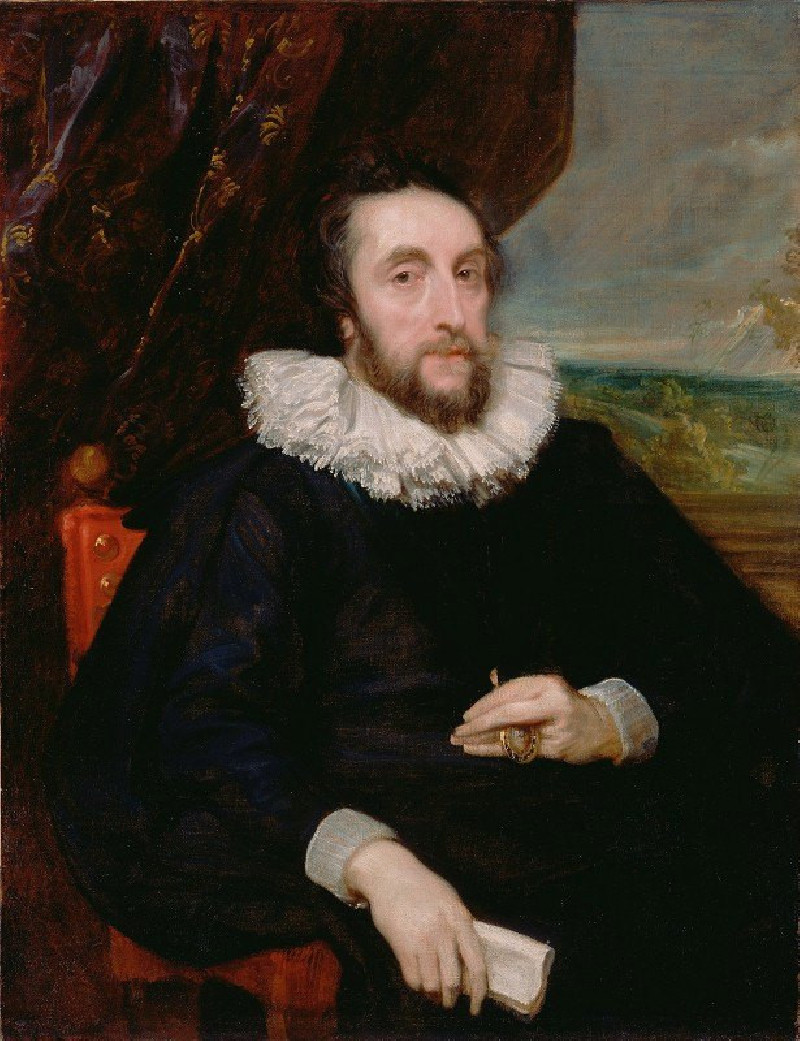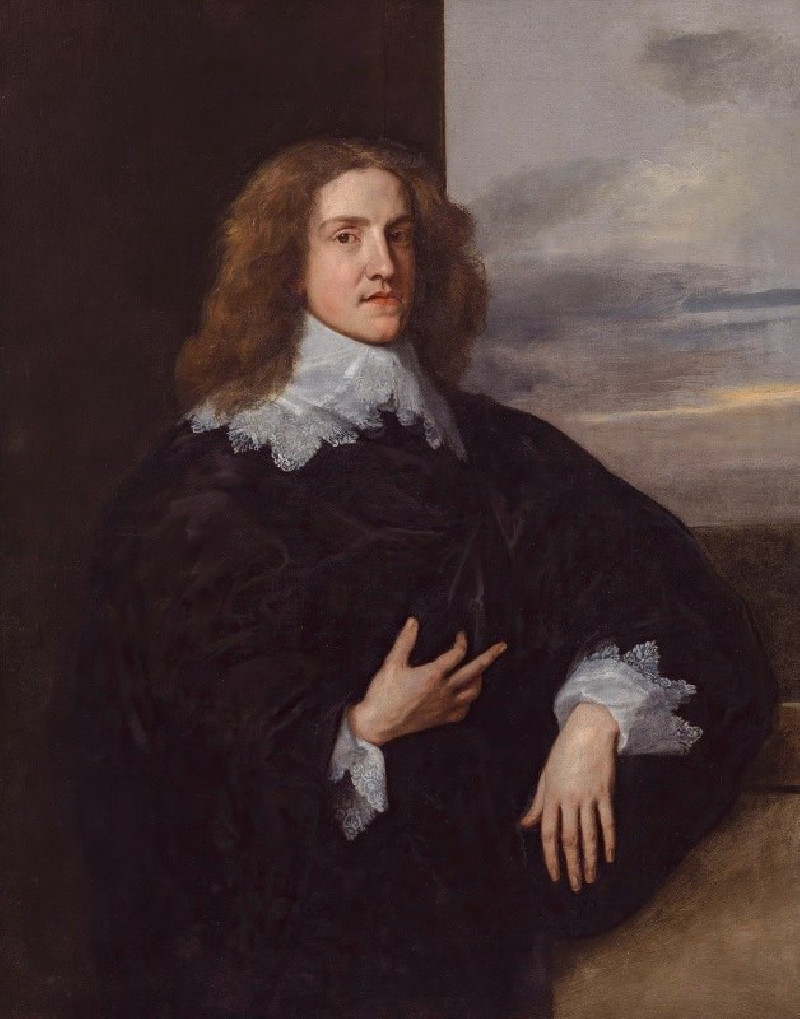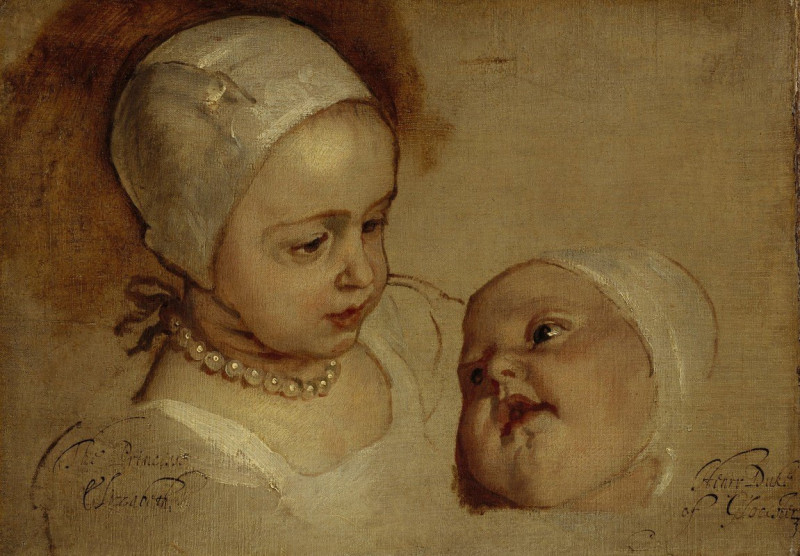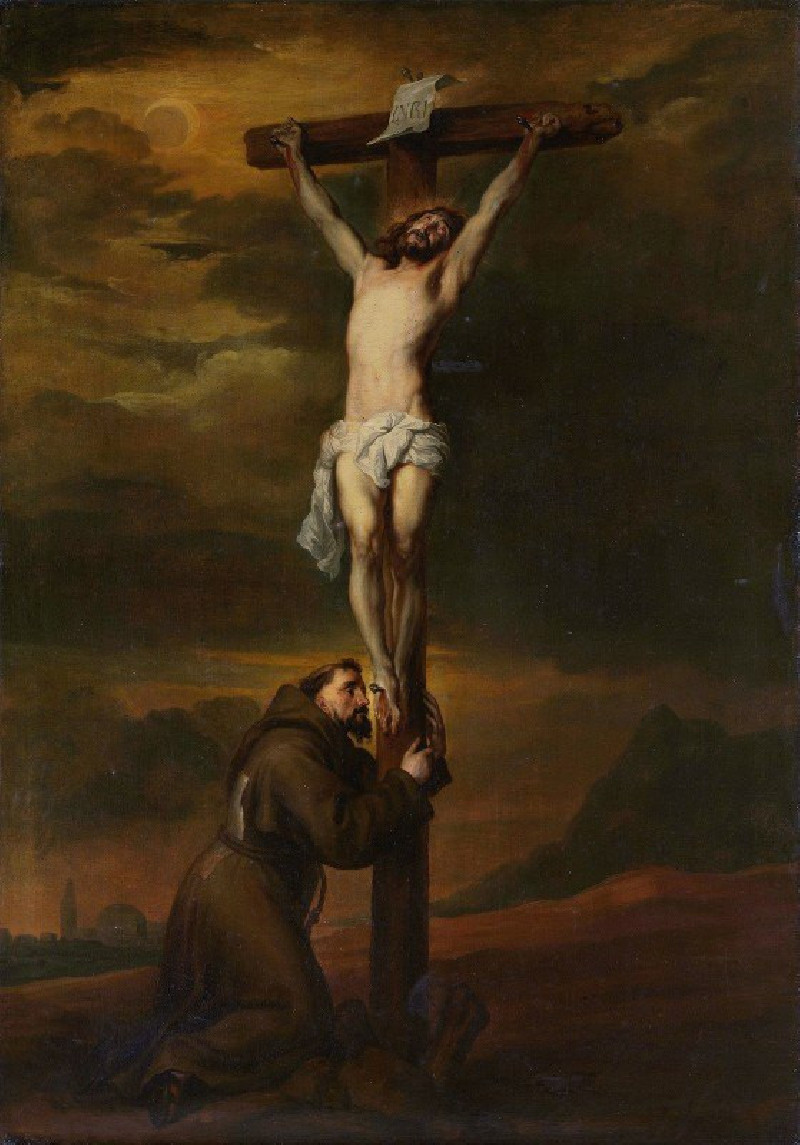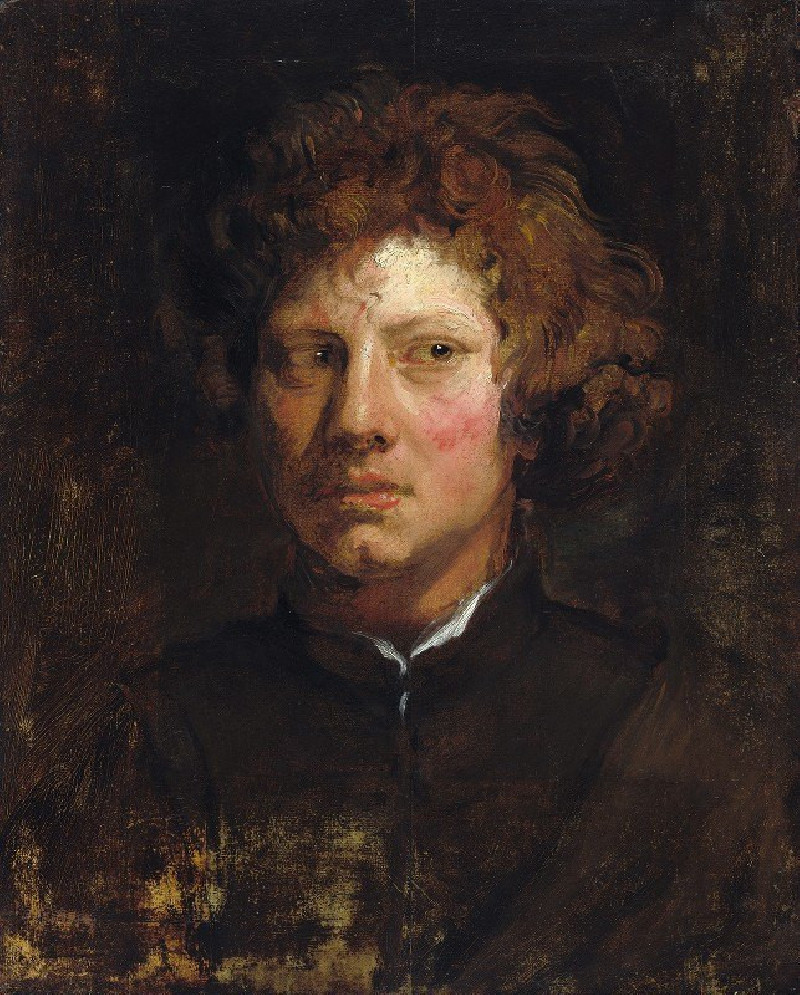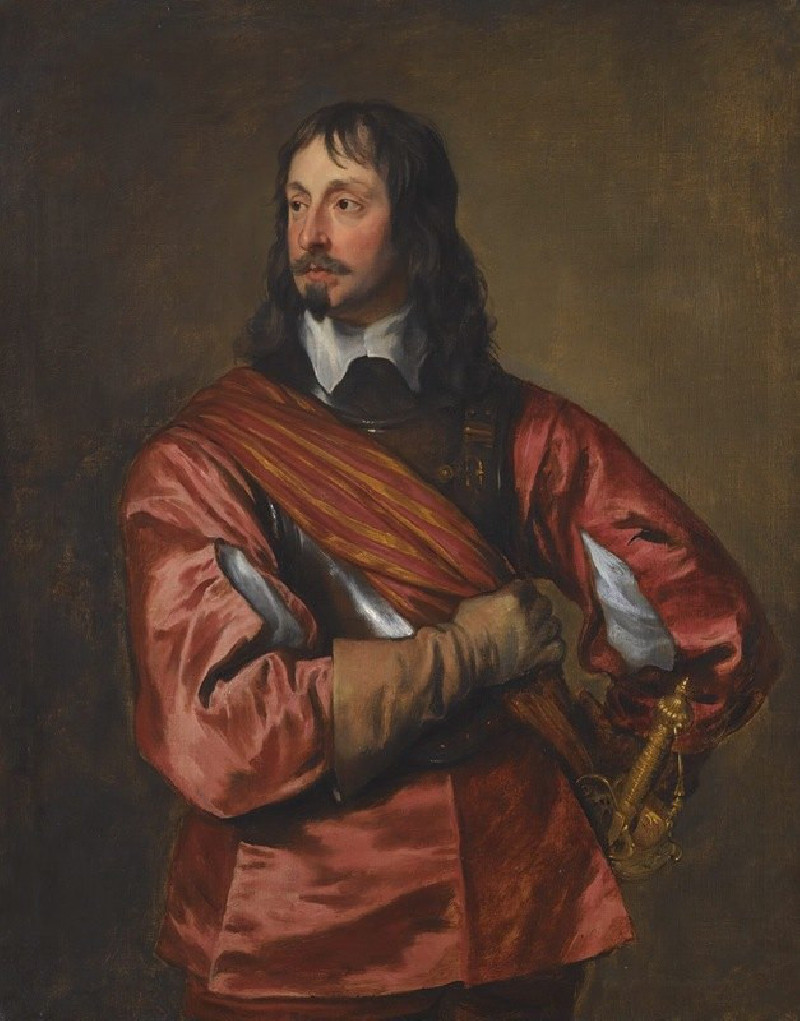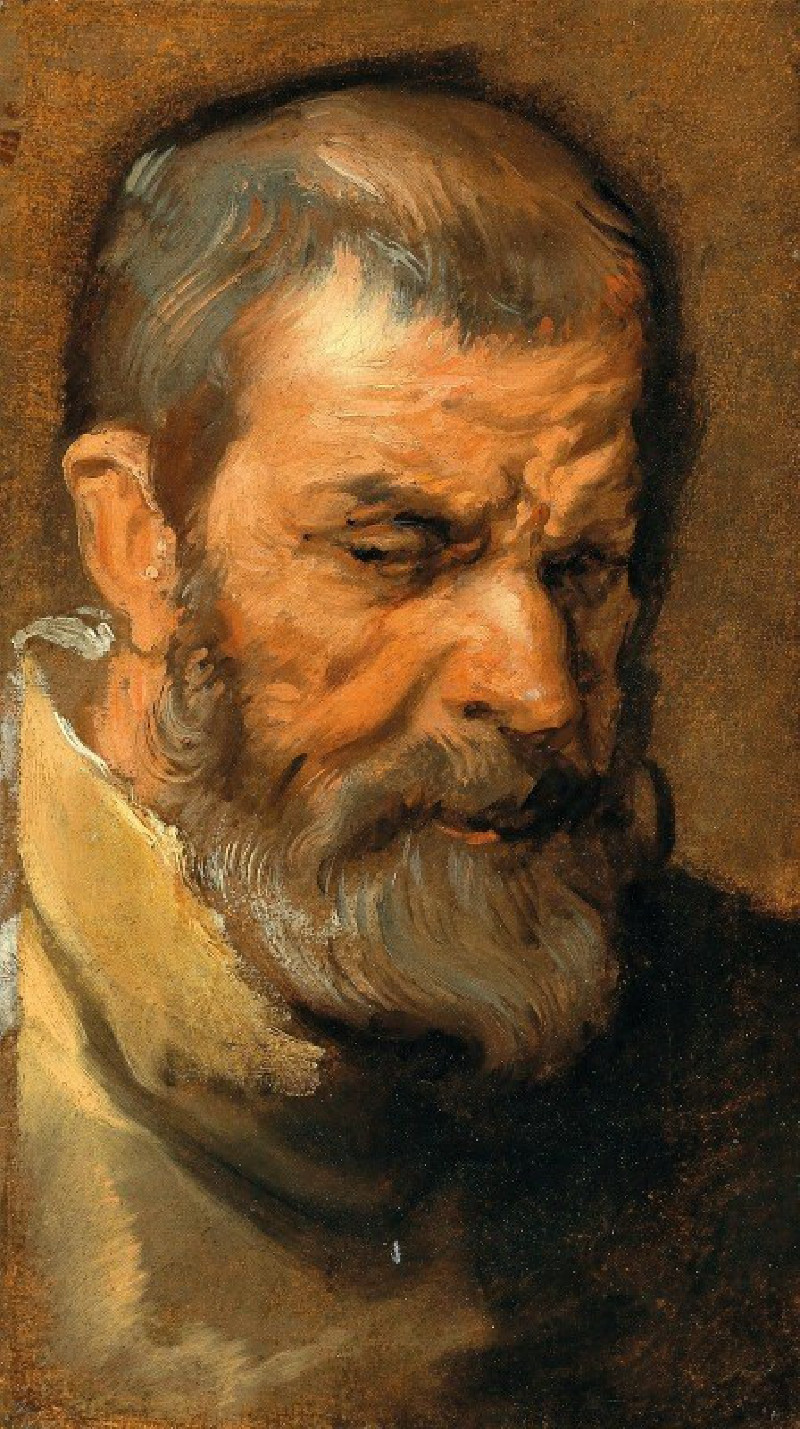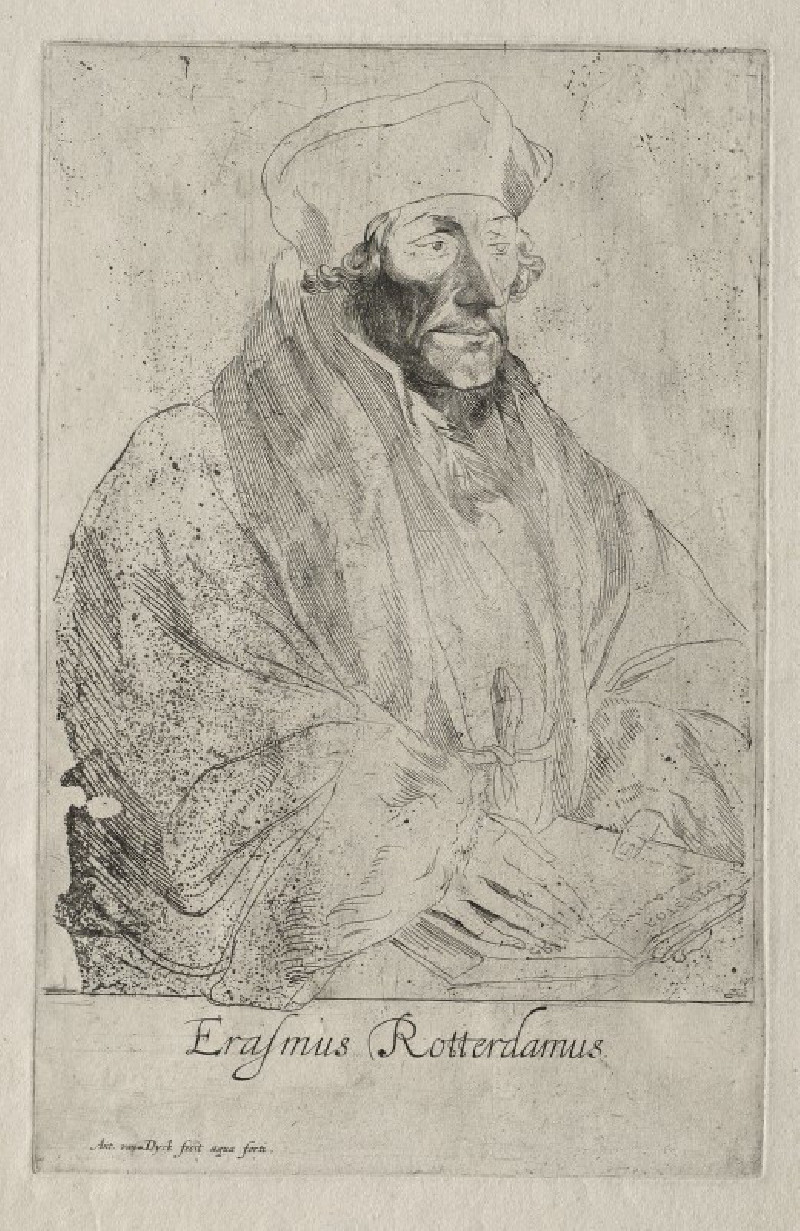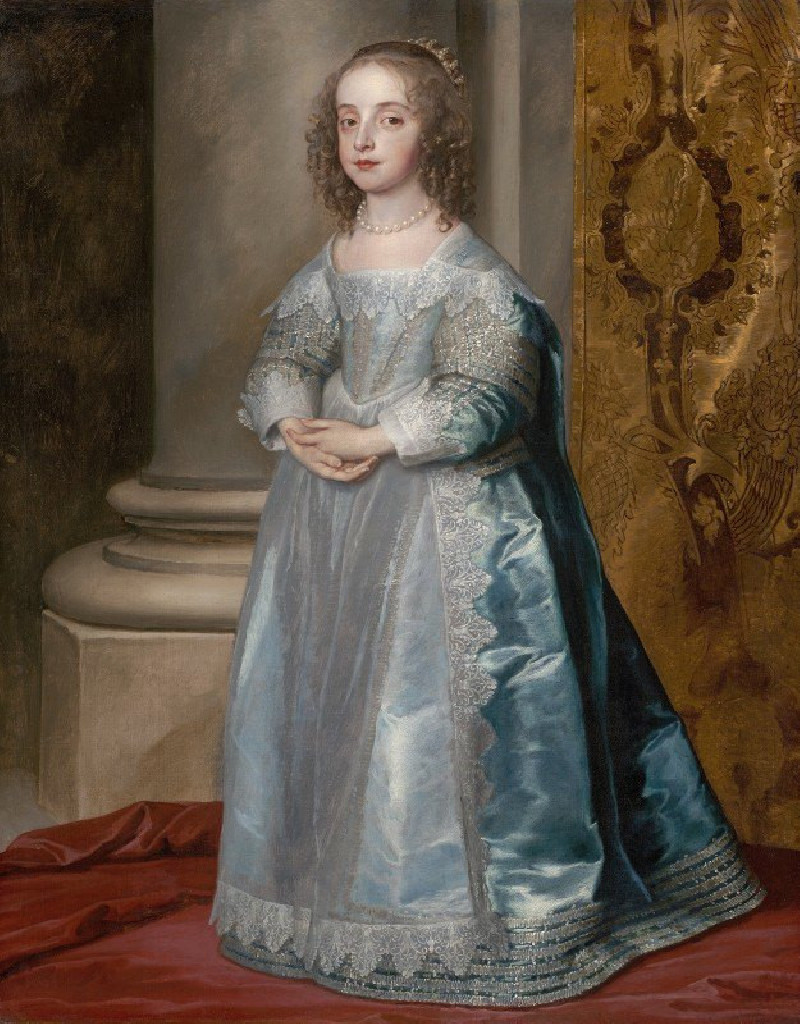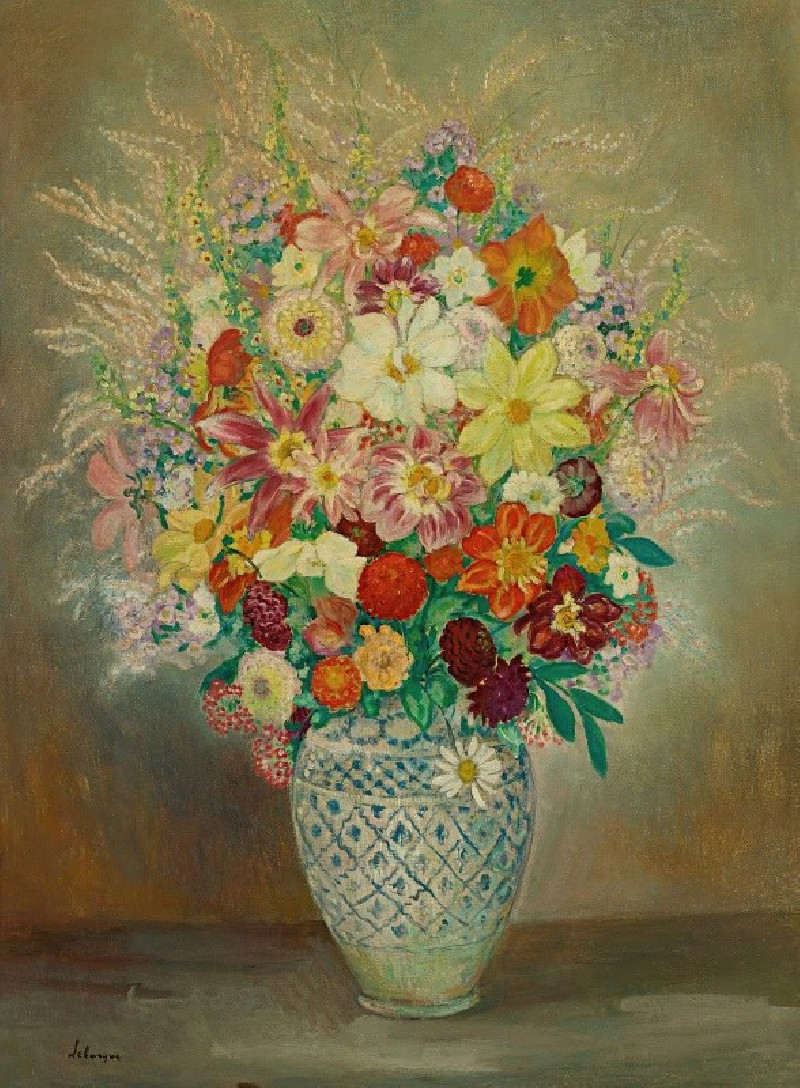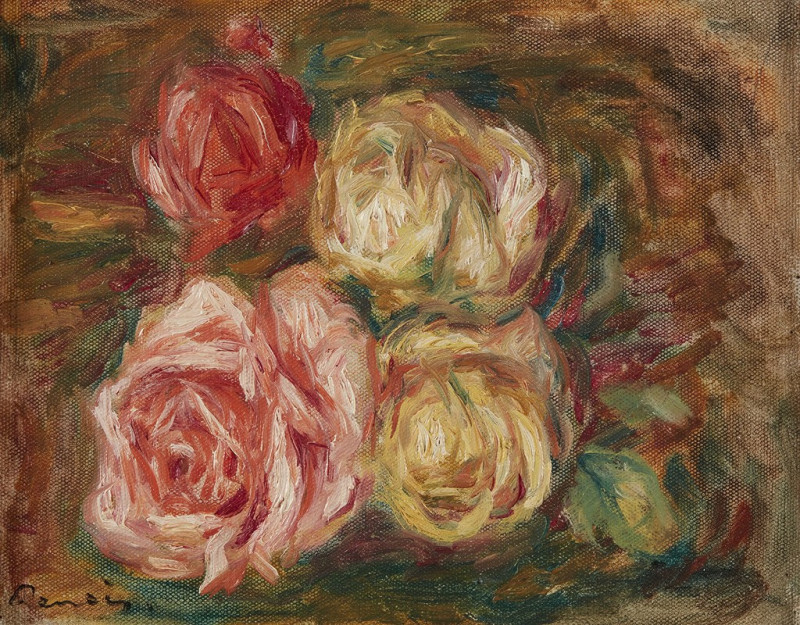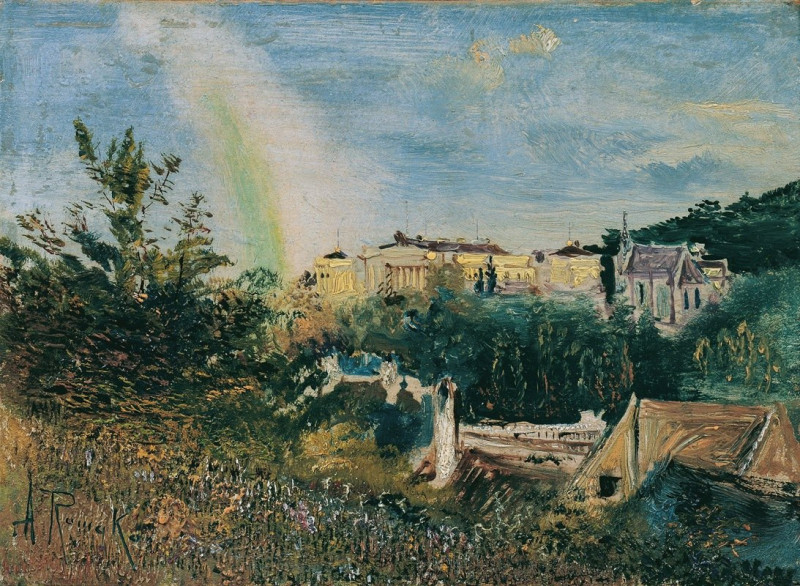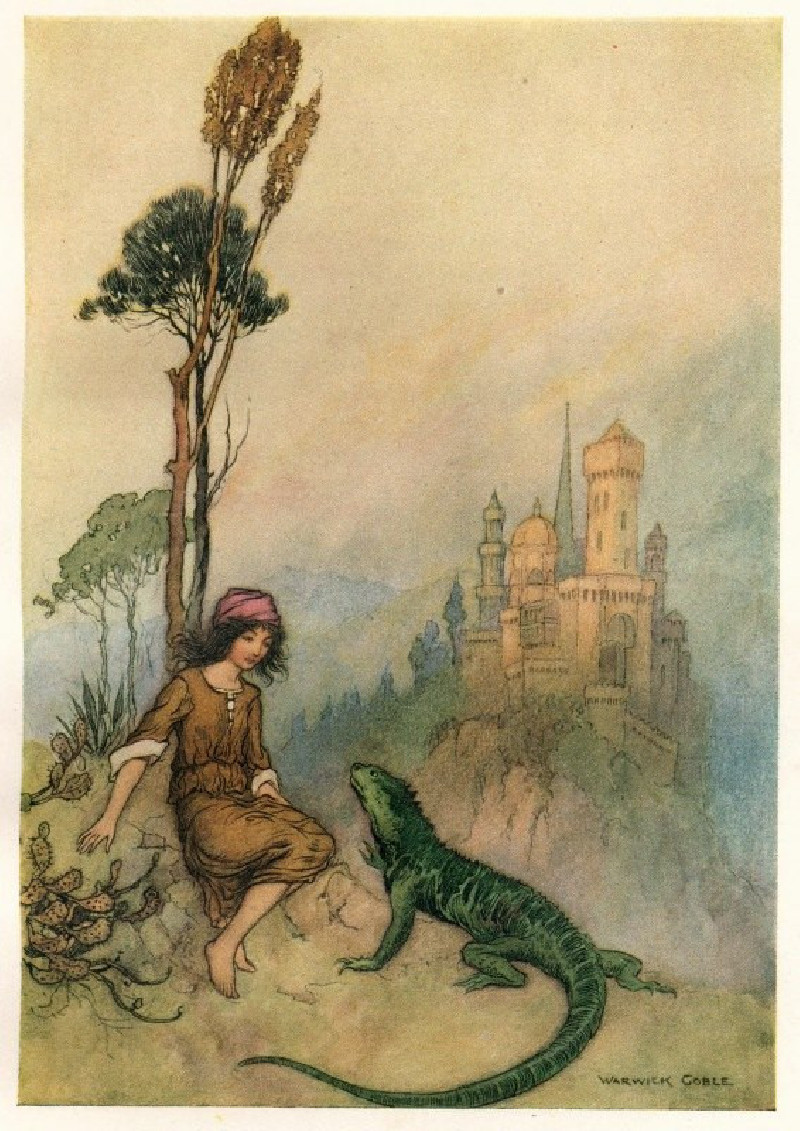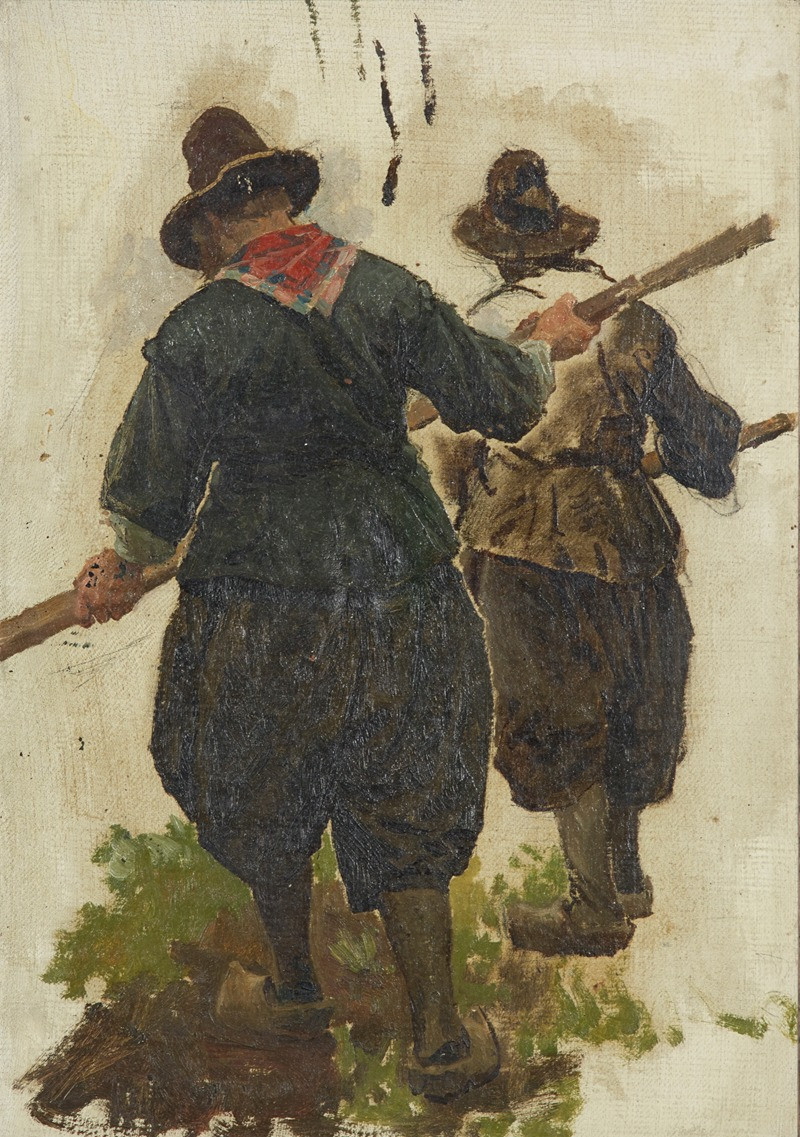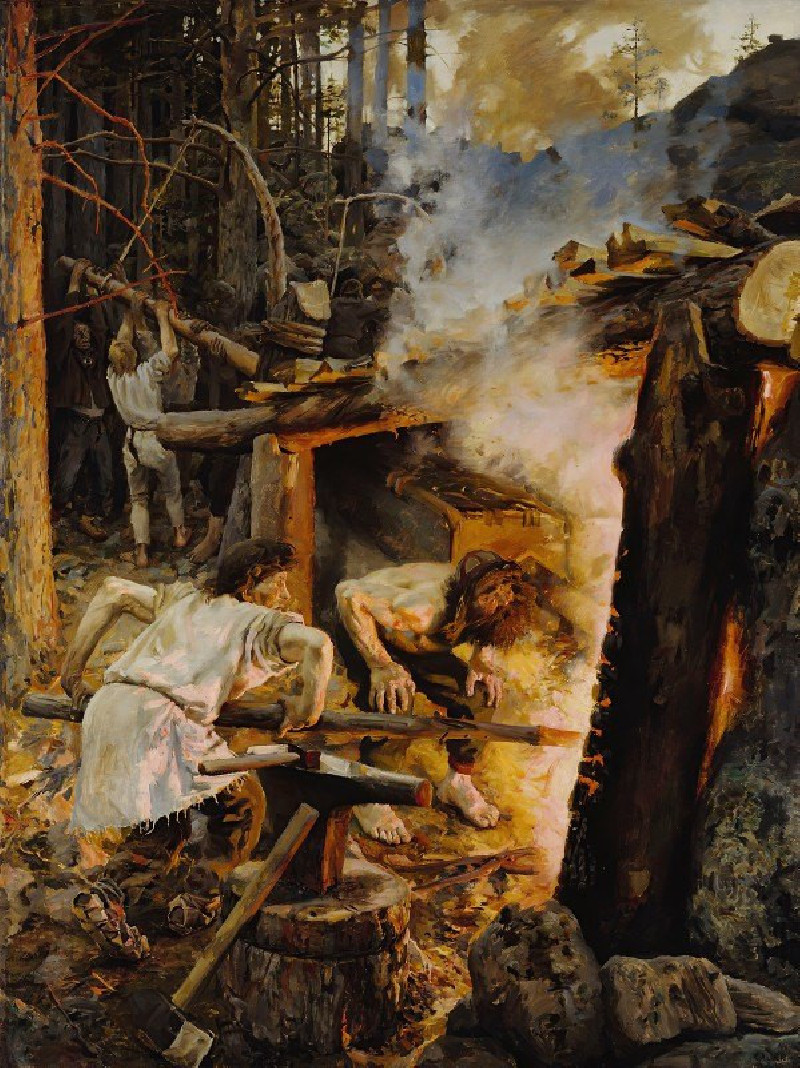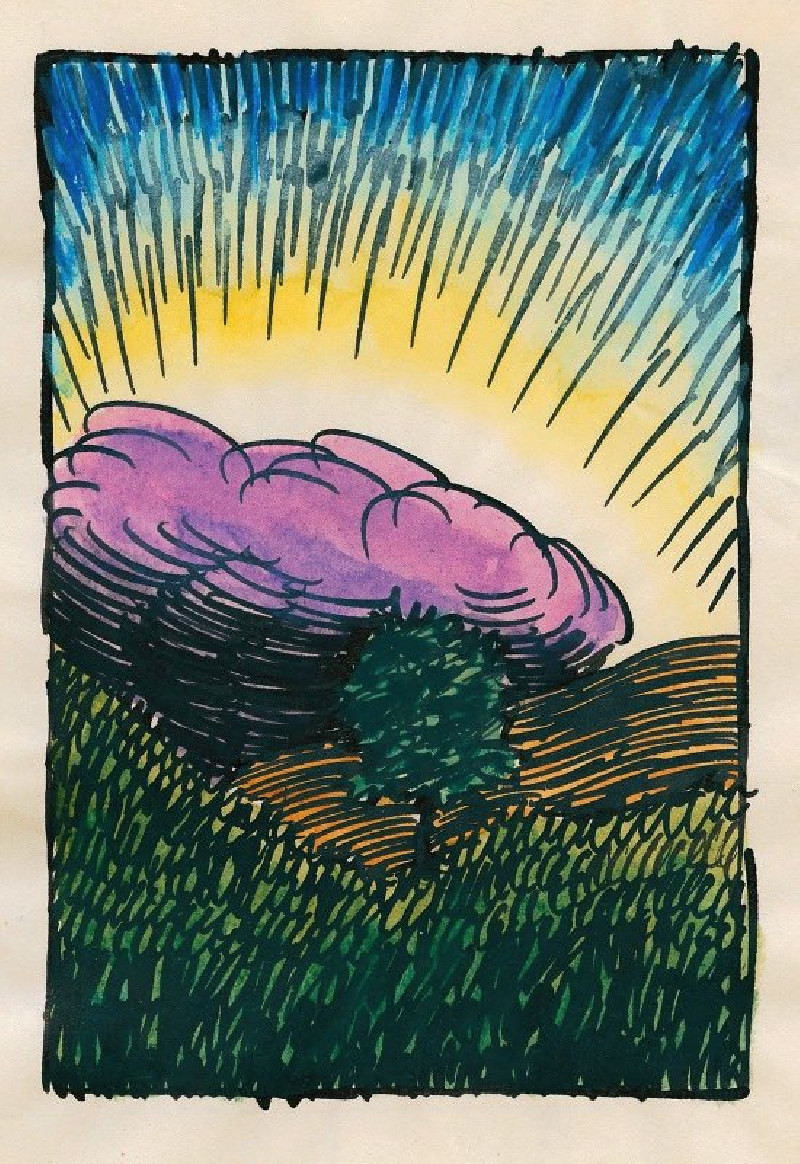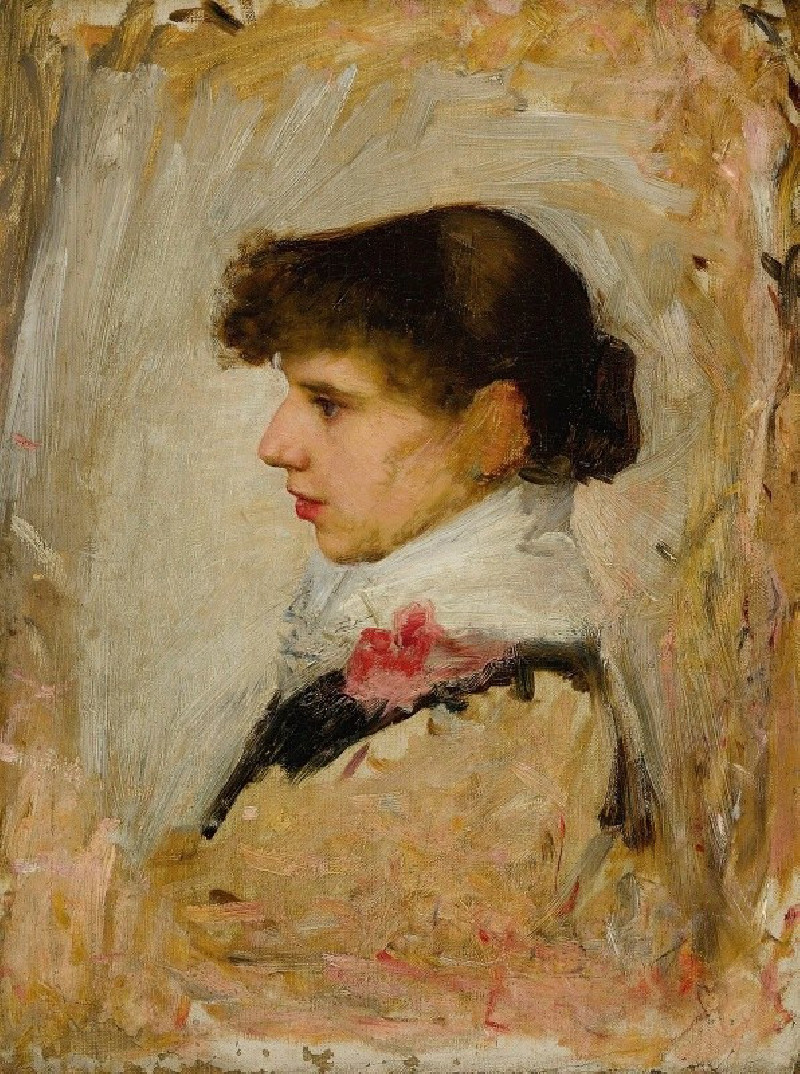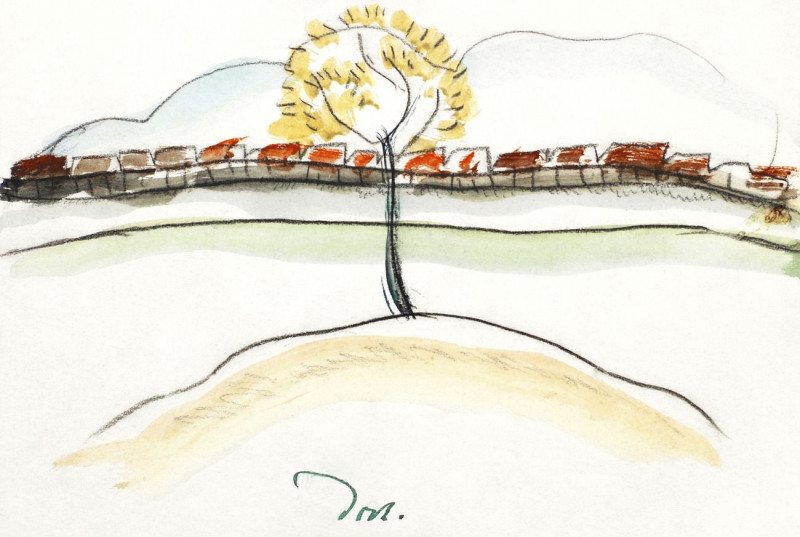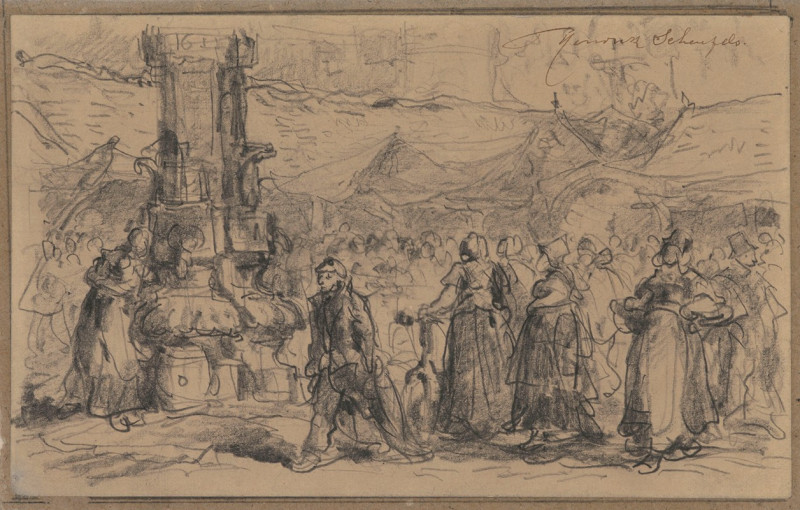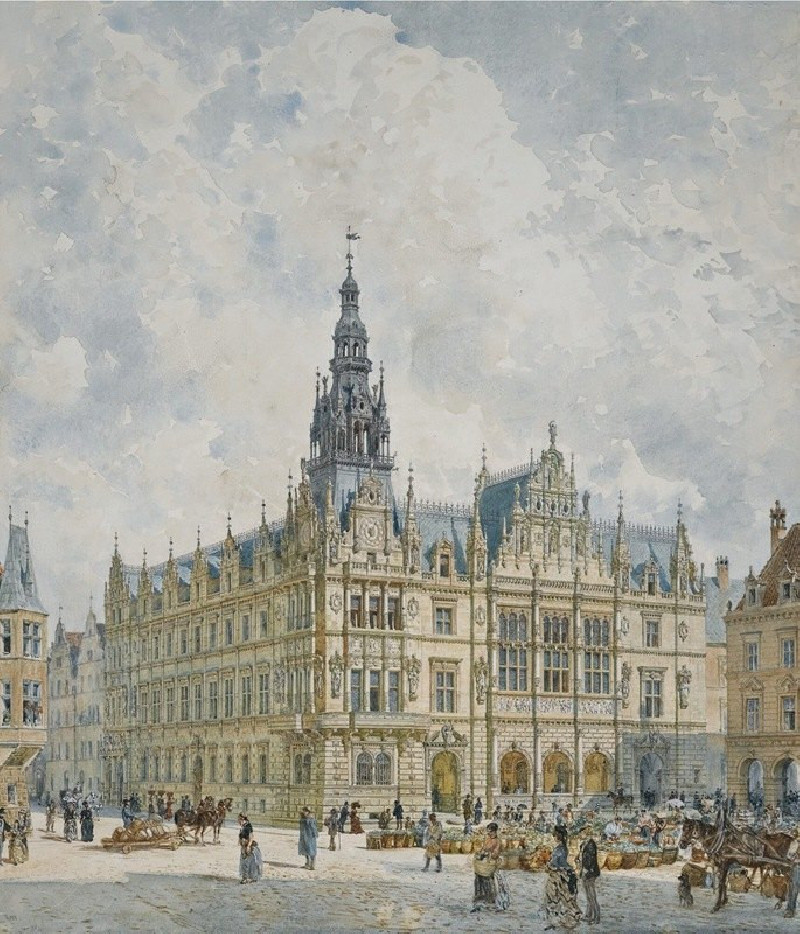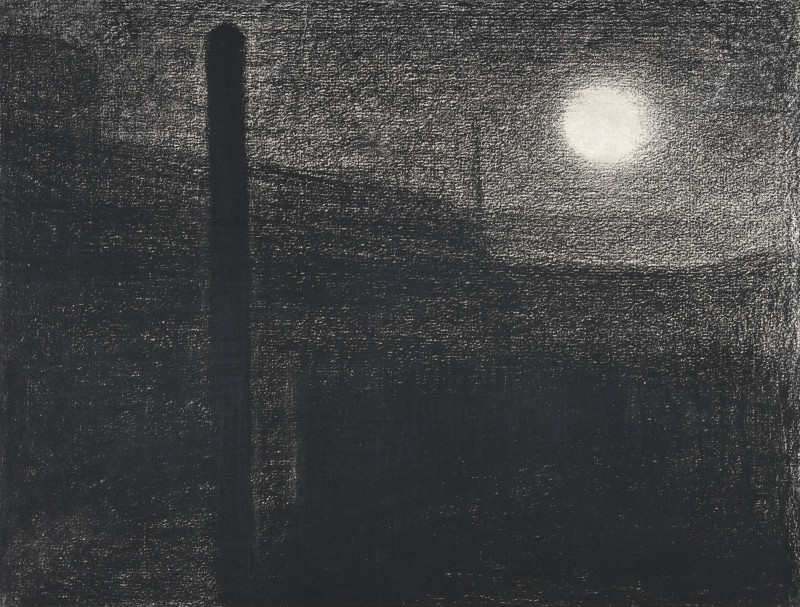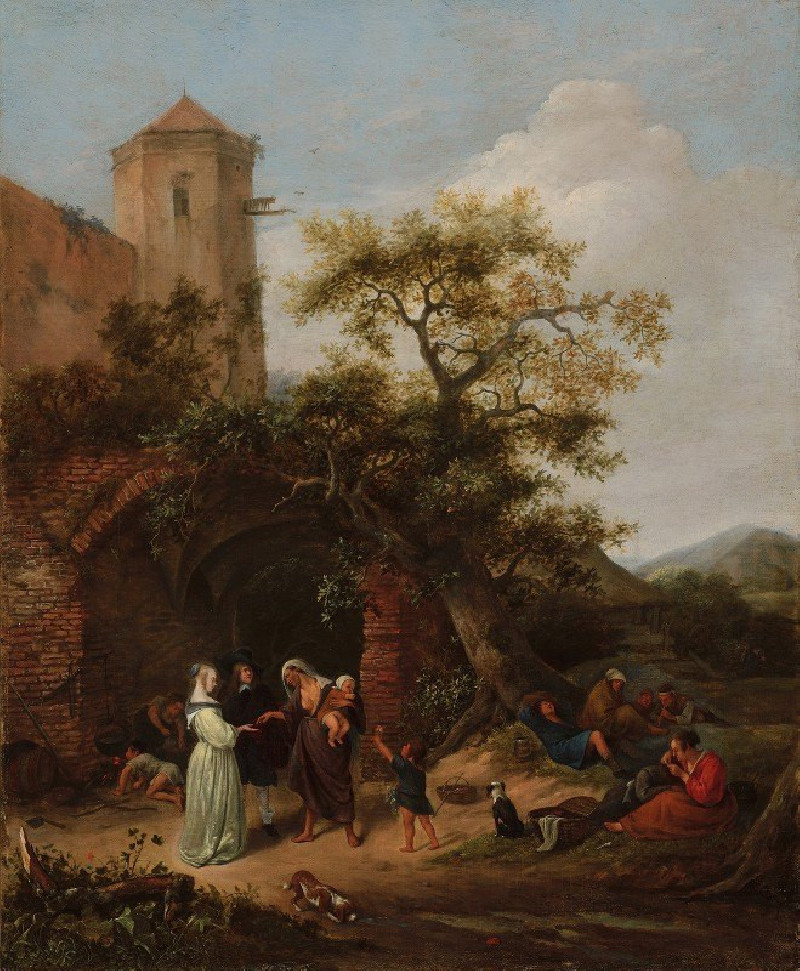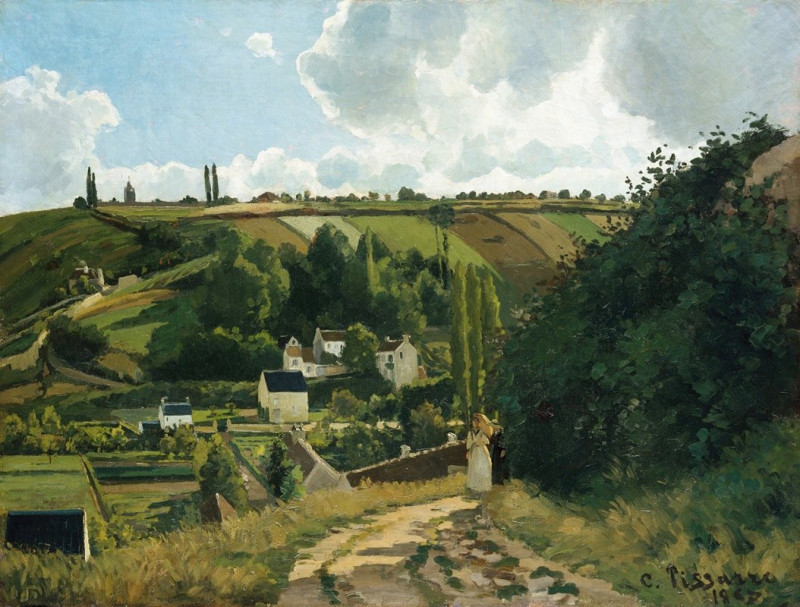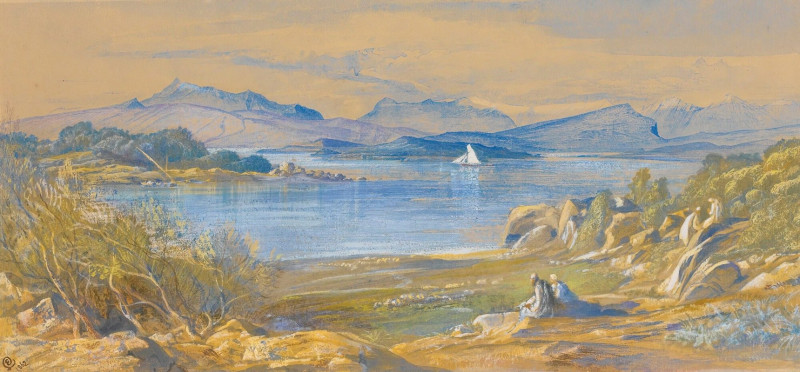Marchesa Elena Grimaldi-Cattaneo (ca. 1622-1623)
Technique: Giclée quality print
Recommended by our customers
More about this artwork
Marchesa Elena Grimaldi-Cattaneo is an enchanting portrait by the masterful Anthony van Dyck, painted around 1622-1623. This artwork captures the elegance and solemn grace of Marchesa Elena, a member of one of Genoa's most influential families during that era.The painting showcases Van Dyck's exceptional ability to render human expression and sumptuous attire with exquisite detail. The Marchesa's face is framed by her dark, flowing hair adorned with subtle jeweled accents, adding a touch of regality to her appearance. Notably, a vibrant red flower pinned near her temple injects a lively color contrast, drawing the viewer’s attention to her thoughtful eyes and composed demeanor.Her attire, luxurious yet understated, features delicate lace and refined fabric, typical of the high societal standards of the Italian aristocracy during the early 17th century. The dark background further emphasizes her luminous complexion and the soft, gentle features of her face, making this portrait not just a display of high social status, but also a window into the personal visage of the Marchesa.
Delivery
Returns
Sir Anthony van Dyck (1599 – 1641) was a Flemish Baroque artist who became the leading court painter in England after success in the Spanish Netherlands and Italy.
The seventh child of Frans van Dyck, a wealthy Antwerp silk merchant, Anthony painted from an early age. He was successful as an independent painter in his late teens, and became a master in the Antwerp guild in 1618. By this time he was working in the studio of the leading northern painter of the day, Peter Paul Rubens, who became a major influence on his work.

